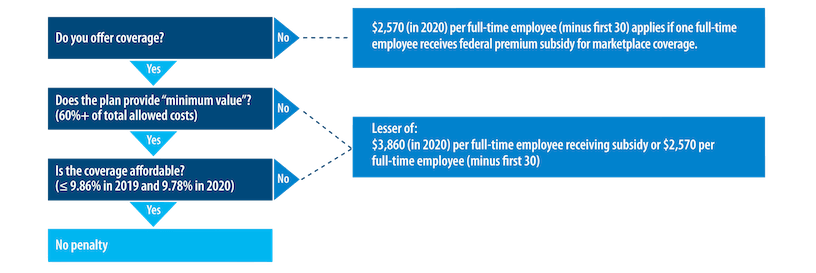Each year the IRS announces updates to contribution limits for Flexible Spending Accounts (FSA), Health Savings Accounts (HSA), Health Reimbursement Arrangements (HRA), and other tax-advantaged accounts. Here’s a look at what’s changing:
| LIMIT CATEGORY | 2024 LIMITS | 2023 LIMITS |
| Health FSA: Max Contribution Limit | $3,200 | $3,050 |
| Health FSA: Rollover Max | $640 | $610 |
| DCFSA: Max Contribution Limit | $2500 / $5000 | $2,500 / $5,000 |
| HSA: Max Contribution Limit | $4,150 Self-Only $8,300 Family |
$3,850 Self-Only $7,750 Family |
| HSA: Catch-Up Contribution Limit | $1000 | $1000 |
| HSA: HDHP Out-of-Pocket Max | $8,050 Self-Only $16,100 Family |
$7,500 Self-Only $15,000 Family |
| HSA: HDHP Minimum Annual Deductible | $1,600 Self-Only $3,200 Family |
$1,500 Self-Only $3,000 Family |
| Commuter Reimbursement: Parking | $315 | $300/month |
| Commuter Reimbursement: Transit | $315 | $300/month |

